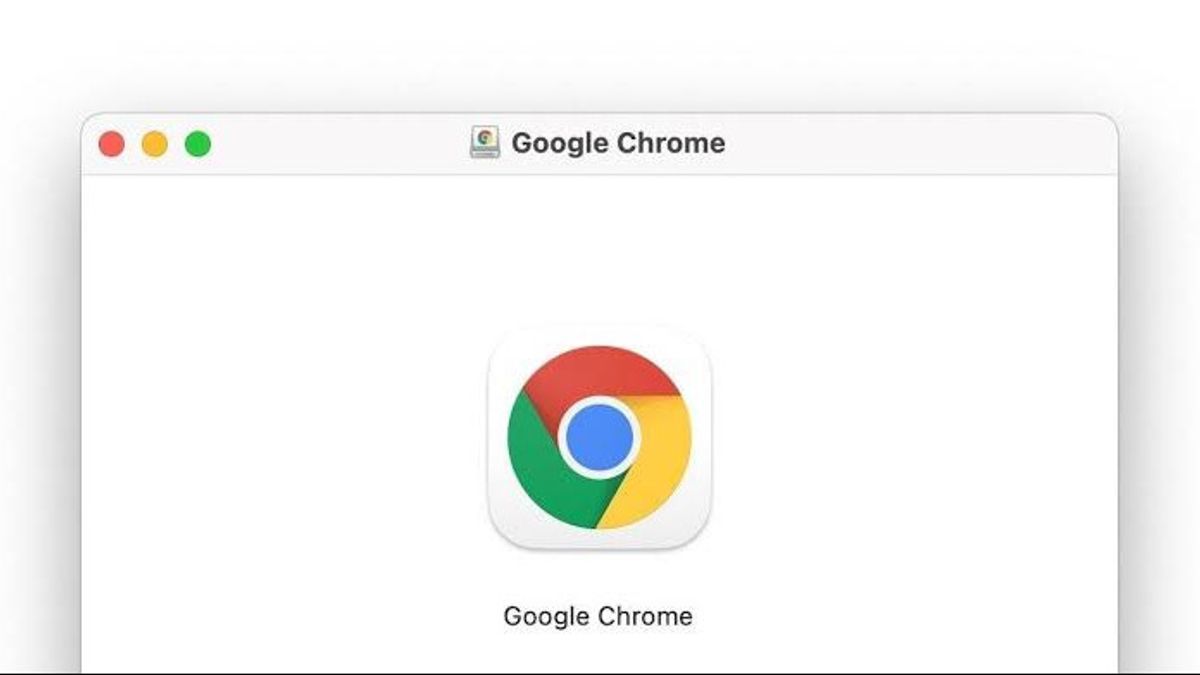JAKARTA - Google will begin to upgrade all versions of navigation from HTTP to HTTPS-First mode, which makes the experience of browsing Chrome users even safer.
Over the past few years, Google says more than 90 percent of Chrome users' navigation has visited the Hypertext Transfer Protocol Secure (HTTPS) website, on all major platforms.
This means that most of the traffic has been encrypted and authenticated, so it is safe from network attackers. However, 5 to 10 percent of traffic remains in HTTP, where bad actors can listen to or change the data.
Dengan pembaruan ini, Chrome akan secara otomatis meningkatkan versi semua navigasi http:// ke https://, bahkan saat pengguna mengeklik tautan yang menyatakan http:// secara eksplisit.
"We believe that the web must be safe by default. HTTPS-First Mode allows Chrome to fulfill the promise, by obtaining explicit permission from you before connecting to the site insecurely," Google said in its official announcement, quoted Friday, August 18.
"Chrome displayed a warning in the address bar when the connection to the site was insecure, but we believe this is not enough. Our goal is to finally activate this mode for everyone by default," he added.
The company stated that the changes ensure Chrome will only use unsafe HTTP when HTTPS is completely unavailable, and not because users click outdated insecure links.
Currently, Google is still experimenting with HTTPS-First mode to users who have registered in Google's Advanced Protection Program.
The feature will also be enabled by default in incognito mode. Users who want to try it can activate HTTPS-First Mode from Chrome security suits, by diverting the button next to "Always use a safe connection".
Furthermore, Chrome will start displaying warnings before downloading any high-risk files via unsafe connections.
SEE ALSO:
According to the company, downloaded files could contain malicious codes that pass through Chrome sandboxes and other protections, so network attackers have a unique opportunity to infiltrate users' computers when unsafe downloads occur.
"This warning aims to tell people about the risks they are taking. You can still download files if you feel comfortable with the risks," Google said.
"Unless HTTPS-First Mode is enabled, Chrome will not display a warning when downloading files such as images, audio, or videos insecurely, as this type of file is relatively secure. We will launch this warning from mid-September."
The English, Chinese, Japanese, Arabic, and French versions are automatically generated by the AI. So there may still be inaccuracies in translating, please always see Indonesian as our main language. (system supported by DigitalSiber.id)


















